Mastering Biorhythm Calculations
Discover the art of measuring biorhythms to align with your physiological, emotional, and intellectual cycles for better life management.
article by Adrian Wallace
Introduction to Biorhythms
Biorhythms are a complex concept rooted in the idea that our lives are influenced by natural physiological cycles. Proponents of this theory suggest that understanding and tracking these cycles can enhance one's ability to make decisions, perform tasks, and maintain well-being. First proposed in the late 19th century, biorhythms have evolved with scientific advancements, yet they retain a sense of intrigue. This article details the process of measuring your personal biorhythms to stay attuned with your body’s natural rhythms.

What Are Biorhythms?
Biorhythms represent the idea that human life is governed by three primary cycles: the physical, emotional, and intellectual. Each cycle has a fixed number of days: the physical (23 days), emotional (28 days), and intellectual (33 days). These cycles start from zero at the moment of your birth and continuously oscillate between positive and negative phases throughout your life. Understanding these can theoretically help anticipate periods of strength or weakness.

Tools for Measuring Biorhythms
With the ascent of technology, especially as we move into 2024, measuring biorhythms has never been easier. The market offers various biorhythmic calculators and applications that enable users to input their birth date and instantly receive their biorhythmic chart. These tools typically plot the cycles on a graph, showing the user's current position within each cycle. Assessing this information can help in planning activities according to the predicted high or low periods of each cycle.
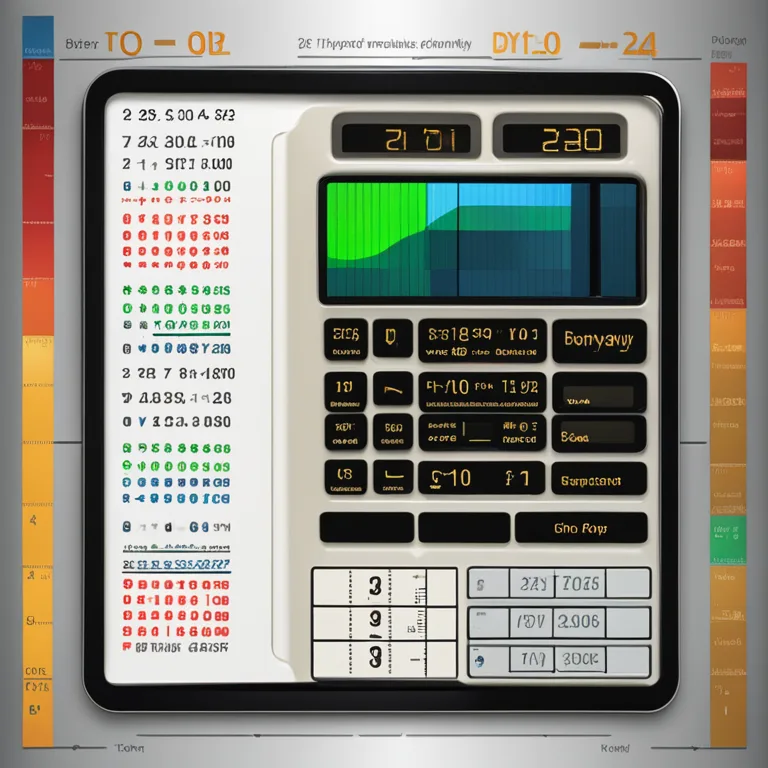
Calculating Biorhythms Manually
For those who prefer a more hands-on approach, you can calculate your biorhythms manually using simple equations. To find where you are in your biorhythm cycle, count the number of days since your birth and then divide this number by the length of the cycle. The resulting figure, after fractional part removal, determines how many full cycles you've completed. What remains will indicate the day of the cycle you are currently in, which can then be plotted on a graph.

Applying Biorhythms in Daily Life
After determining your biorhythmic state, you can apply this knowledge to various aspects of life. On days when your physical biorhythm is high, you might engage in strenuous activities. Conversely, it might be best to avoid critical decision-making on days when your intellectual biorhythm is low. Emotional cycle awareness can guide you on when to undertake activities that require emotional intelligence or handle sensitive conversations.
Limitations and Criticisms
It's vital to address that the scientific community largely considers biorhythms a pseudoscience, as empirical evidence supporting their predictive power is scant. Many argue that life complexity cannot be boiled down to mere cycles. That said, some individuals report personal benefits from monitoring their biorhythms. As with anything, it’s essential to approach biorhythm use as a complementary tool rather than a definitive guide to life's intricacies.
Conclusion and Further Taking
Measuring biorhythms is a blend of curiosity and personal exploration. Whether you use a high-tech app or go the manual calculation route, understanding your biorhythms can provide a unique perspective on how you navigate life's ebbs and flows. Although biorhythms might not have solid scientific backing, they could still offer a framework for considering personal patterns and rhythms.
Published: 12/28/2023
Modified: 12/28/2023
More predictions
Come back here soon to learn more about yourself and your future

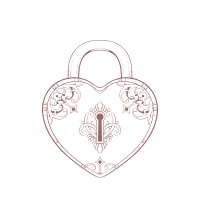
Biorhythm Compatibility and Birth Dates: The Connection Revealed
Discover how biorhythm compatibility based on birth dates can influence personal connections and relationship dynamics.
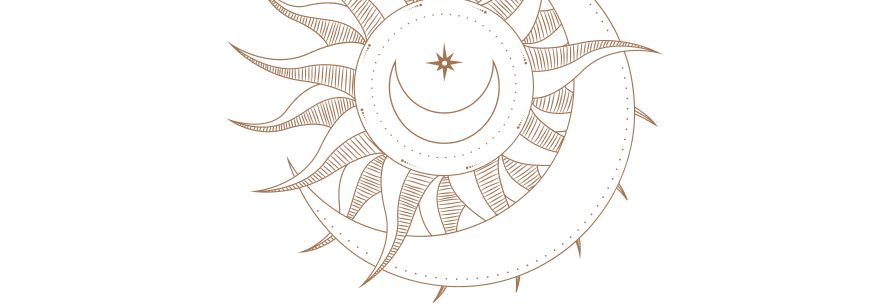
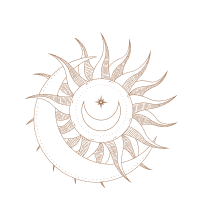
Harmonizing Life Rhythms: Biorhythm Compatibility Explained
Discover how biorhythm compatibility impacts relationships and personal interactions, fostering harmony and understanding.